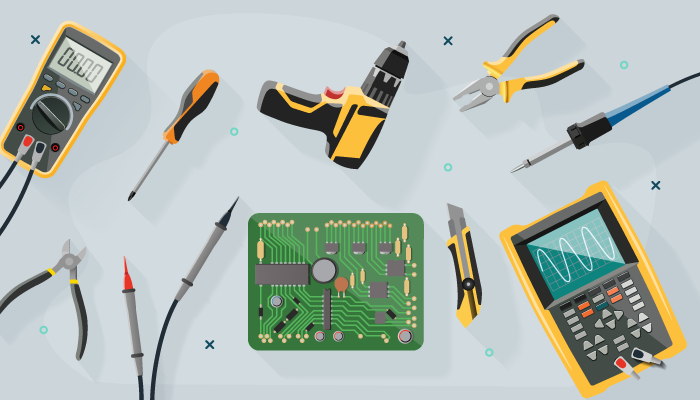In the digital era, the question how many electronic devices are there? is not as straightforward as it may seem. The sheer number of electronic devices in the world is staggering and continues to grow exponentially with advancements in technology. This article aims to delve into the depth of this topic, exploring the various categories of electronic devices, their prevalence, and the trends shaping their future.
The first layer of understanding involves categorizing electronic devices. Broadly, they can be classified into five categories: communication devices, computing devices, consumer electronics, medical devices, and industrial electronics. Each category encompasses a vast array of devices, from smartphones and laptops to digital cameras, pacemakers, and programmable logic controllers.
Communication devices, such as mobile phones and tablets, are the most prevalent. According to a report by Statista, there were approximately 14 billion mobile devices worldwide in 2020. Computing devices, including personal computers and servers, are also widespread, with over 2 billion computers in use globally.
Consumer electronics, including televisions, gaming consoles, and home appliances, are ubiquitous in households worldwide. The global market for consumer electronics is projected to reach $838.85 billion by 2027, according to a report by Fortune Business Insights.
Medical electronic devices, such as hearing aids, insulin pumps, and heart monitors, are vital in healthcare. The global market for medical electronics was valued at $425.31 billion in 2020 and is expected to grow at a compound annual growth rate (CAGR) of 4.6% from 2021 to 2028, according to Grand View Research.
Industrial electronics, including automation and control systems, are integral to manufacturing and other industries. The global industrial electronics market size was valued at $213.04 billion in 2019 and is projected to reach $345.77 billion by 2027, growing at a CAGR of 6.2% from 2020 to 2027, according to Allied Market Research.
The second layer of understanding involves examining the trends shaping the future of electronic devices. Key trends include the Internet of Things (IoT), artificial intelligence (AI), and 5G technology. The IoT is leading to an explosion in the number of connected devices, with the number of IoT devices expected to reach 75.44 billion worldwide by 2025, according to Statista.
AI is revolutionizing electronic devices, making them smarter and more efficient. AI in consumer electronics alone is expected to reach $124.05 billion by 2027, growing at a CAGR of 43.3% from 2020 to 2027, according to Allied Market Research.
5G technology is set to boost the number of mobile devices and IoT devices, offering faster speeds and lower latency. The number of 5G connections is projected to reach 3.2 billion by 2026, according to Ericsson Mobility Report.
In conclusion, the question how many electronic devices are there? is complex and ever-evolving. The number of electronic devices in the world is in the tens of billions and growing rapidly, driven by advancements in technology and emerging trends. As we continue to innovate and create new devices, this number will only continue to rise, shaping our future in ways we can only begin to imagine.

